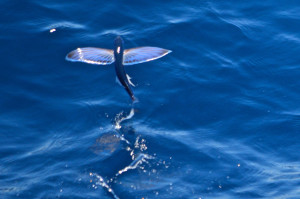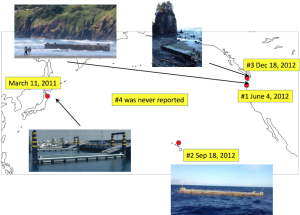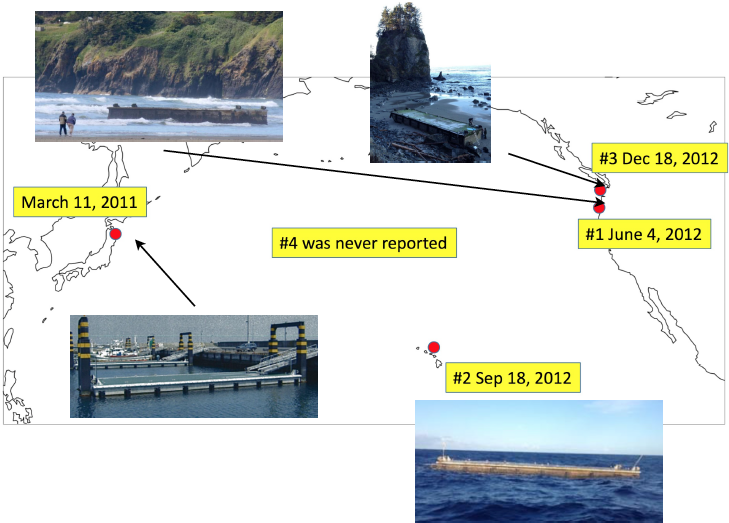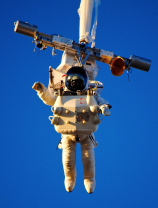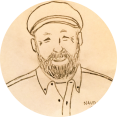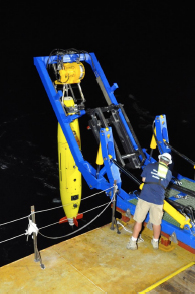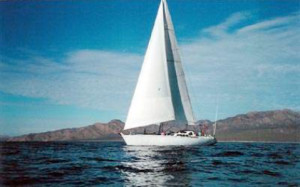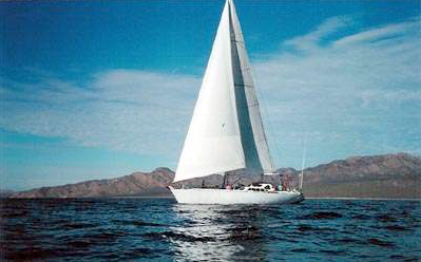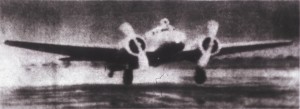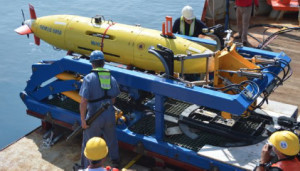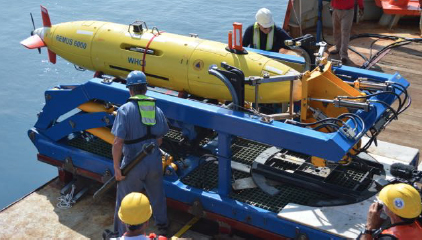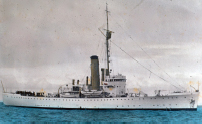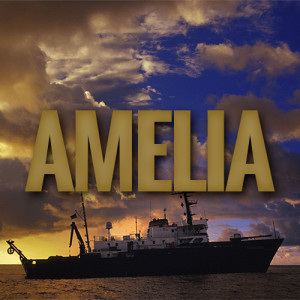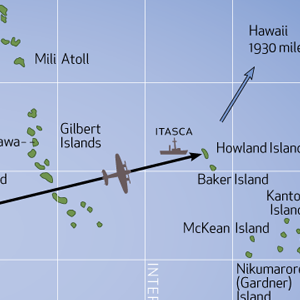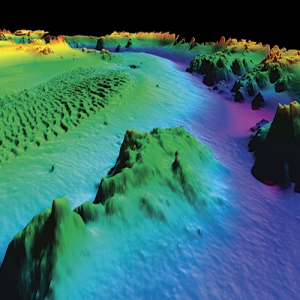Central Pacific Edition
Wildlife Issue
What’s Out Here
 Ornithologically speaking, this place is for the birds! Boobies and terns, mainly. Boobies most likely get their name from the Spanish word bobo, meaning dunce. Boobies had the unfortunate (for them) habit of landing on sailing ships. Since they had no fear of humans they quickly became part of the evening meal.
Ornithologically speaking, this place is for the birds! Boobies and terns, mainly. Boobies most likely get their name from the Spanish word bobo, meaning dunce. Boobies had the unfortunate (for them) habit of landing on sailing ships. Since they had no fear of humans they quickly became part of the evening meal.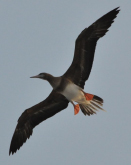
Fish are also flying around in profusion. We see them skimming the wavetops ahead of our bow. Rumor has it a wahoo was observed the other day, but we’re not telling since fishing is not allowed on Vigilance. We will tell about the huge squid that are attracted to the bright lights astern during REMUS recoveries.

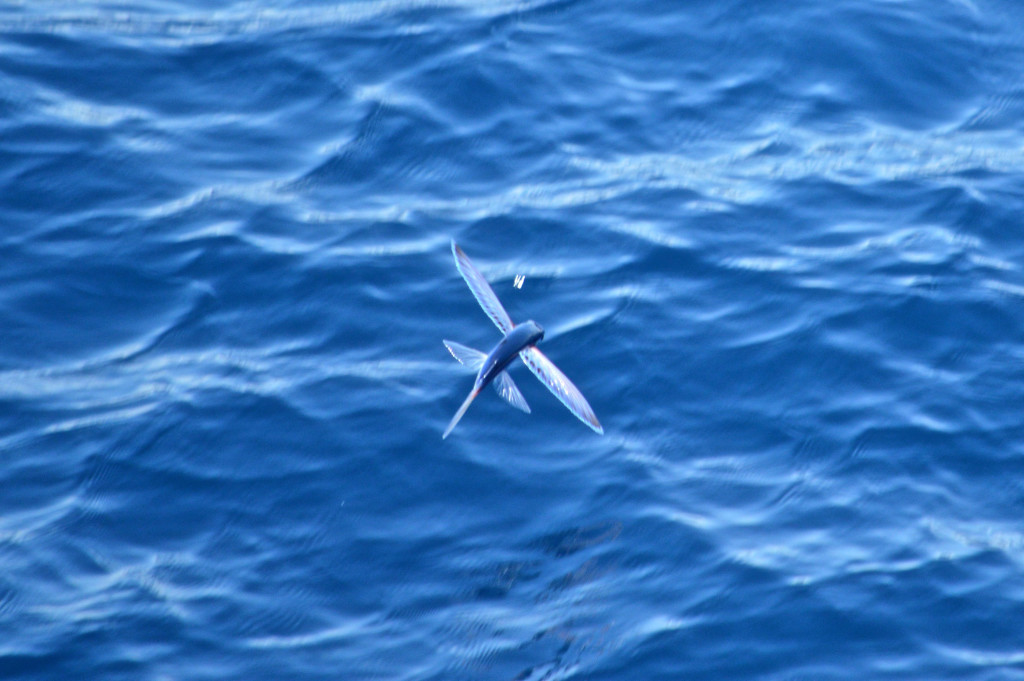 Of course the focus of our endeavors is well below the waves, and we are lucky to have a chance to see what’s down there, thanks to REMUS. Though we are mainly engaged in a sonar search for now, we did test out the camera on a sortie and managed to capture a few deep sea critters. Common on the seafloor here are acorn worms, which have no bones, no eyes and no brains with soft and gelatinous bodies. They crawl over the surface of the mud slurping the sediment and excreting a trail behind them. Yuck.
Of course the focus of our endeavors is well below the waves, and we are lucky to have a chance to see what’s down there, thanks to REMUS. Though we are mainly engaged in a sonar search for now, we did test out the camera on a sortie and managed to capture a few deep sea critters. Common on the seafloor here are acorn worms, which have no bones, no eyes and no brains with soft and gelatinous bodies. They crawl over the surface of the mud slurping the sediment and excreting a trail behind them. Yuck.
 The specimen here and the other seafloor photos here were captured by REMUS at a depth of greater than 18,000 feet.
The specimen here and the other seafloor photos here were captured by REMUS at a depth of greater than 18,000 feet.
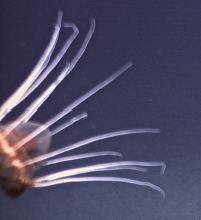 The helmet jelly is found in every ocean of the world except the Arctic, as deep as 7,000 meters (23,000 feet). They are 90% water and the rest is tissue and a gelatinous mass. They light themselves from within with bioluminescence.
The helmet jelly is found in every ocean of the world except the Arctic, as deep as 7,000 meters (23,000 feet). They are 90% water and the rest is tissue and a gelatinous mass. They light themselves from within with bioluminescence.
Umbrella octopuses have a web of skin between the tentacles. They swim up above the ocean floor, spread their tentacles and float down collecting food looking like an opened umbrella.

 The octopus above is seen upside down, probably skittering away from the AUV. We look forward to seeing more exotic creatures of the deep the next time we turn on REMUS’s cameras.
The octopus above is seen upside down, probably skittering away from the AUV. We look forward to seeing more exotic creatures of the deep the next time we turn on REMUS’s cameras.
—Sue Morris

